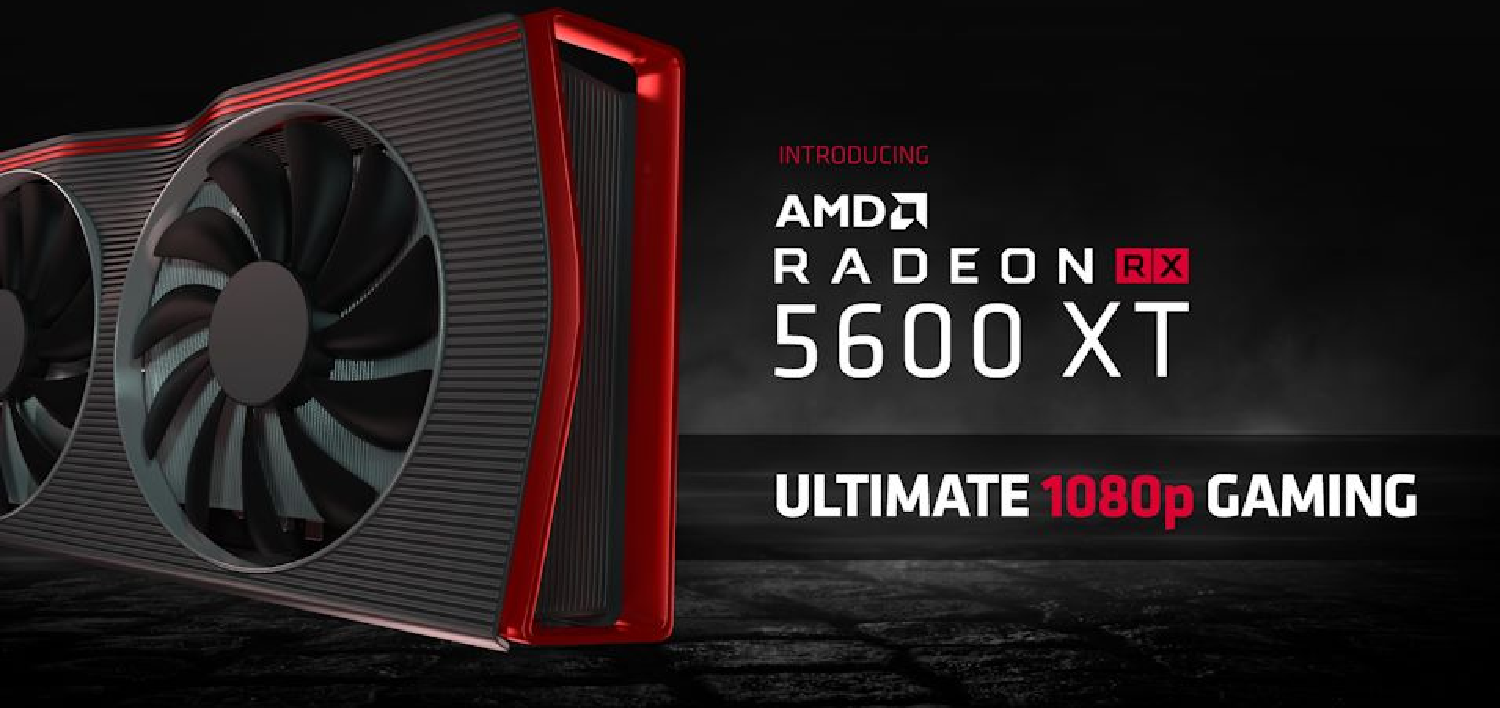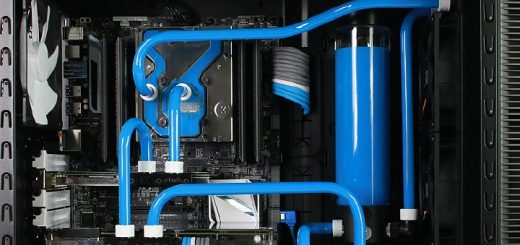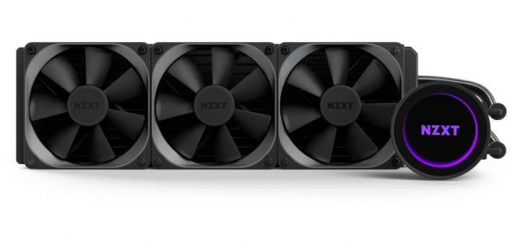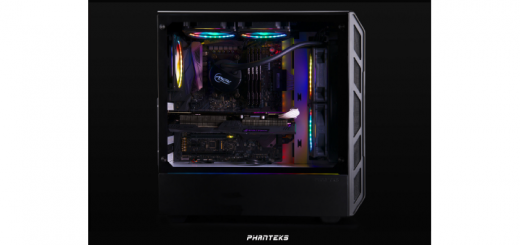AMD Radeon RX 5600 XT graphics card has finally hit store shelves on January 21st. The days since the announcement of the card a couple of weeks ago have been quite eventful. First, Nvidia slashed the prices of its GeForce RTX 2060 graphics cards to $300. Then, AMD quietly rolled out a last-minute VBIOS update to give its Radeon RX 5600 XT a performance boost. The game of cat and mouse between AMD and Nvidia has left prospective buyers quite confused.
AMD Radeon RX 5600 XT Specifications – What Has Changed?
Most specifications of the AMD Radeon RX 5600 XT remain the same. The graphics card features 36 Computer Units (CUs) with 2304 stream processors, the same as the Radeon RX 5700 (non-XT). It has 6GB of GDDR6 memory with a 192-bit memory bus.
The new VBIOS will change the clocks of the Radeon RX 5600 XT graphics cards. It will increase the maximum limits for the game clock from 1460MHz to 1615MHz, and the boost clock from 1620MHz to 1750MHz. These are the maximum limits, and the AIBs are free to decide the clocks for their respective Radeon RX 5600 XT models. The VBIOS update has increased the memory clock from 12Gbps to 14Gbps and the power limit from 150W to 160W. These changes have increased the performance of the Radeon RX 5600 XT graphics card by 13-14% on average and even more in best-case scenarios.

Interestingly, AMD’s reference specifications for the Radeon RX 5600 XT have not changed, which means AIBs can sell some models without issuing the VBIOS update. They will perform slower as compared to the updated models.
Most Radeon RX 5600 XT graphics card models on shelves will be on the older VBIOS. The consumers will have to update these cards on their own, which can be a hassle for the uninformed.
AMD Radeon RX 5600 XT – Updated Performance
The new VBIOS update has significantly boosted the performance of the AMD Radeon RX 5600 XT graphics cards. With the original VBIOS, the card was faster than the GTX 1660 Ti but lagged behind the GeForce RTX 2060. However, with the updated VBIOS, the card now trades blows with the RTX 2060 in most titles at 1080p resolution. These include popular AAA games like Assassins Creed Odyessy, Shadow of The Tomb Raider, Call of Duty Modern Warfare, and Rainbow Six Siege.
A few games where the Radeon RX 5600 XT significantly lags behind the RTX 2060 include Red Dead Redemption 2 and Gears 5. At the same time, it is quite ahead in titles like Metro Exodus and Battlefield V.
Without the VBIOS Update, the card lagged behind the Nvidia RTX 2060 by 10-12% on an average. It was designed as a GTX 1660Ti competitor, so it makes sense. However, the VBIOS update makes the AMD Radeon RX 5600 XT a strong competitor against the Nvidia RTX 2060 graphics card.
AMD Radeon RX 5600 XT – Value Proposition
AMD was originally targeting Nvidia’s GeForce GTX 1660 Ti graphics card that is available for as low as $269 (USD). Considering that Radeon RX 5600 XT costs ten bucks more ($279), it would have beaten the Nvidia GTX 1660 Ti. However, Nvidia’s GeForce GTX 1660 Super would have been a better value proposition than both the GTX 1660Ti and the Radeon RX 5600 XT graphics cards.
The new VBIOS update gives a significant boost to AMD Radeon RX 5600 XT. It has become a strong 1080p contender at $279 and now goes against Nvidia GeForce RTX 2060, which costs $300. AIB models with factory overclocks may cost a few bucks more. Both these cards perform equally in most games with each of them leading in a few titles. The power consumption of the AMD RX 5600 XT is less than the Nvidia RTX 2060 but not by much.
Sapphire’s Radeon RX 5600 XT Pulse will receive the VBIOS update and costs $289 while staying cool and quiet. A few other AIB models of the GPU will cost the same. Aftermarket models of Nvidia’s GeForce RTX 2060 will be in the vicinity of $300-320. Therefore, considering that both the cards are quite equal in performance, PC Pepper recommends the AMD Radeon RX 5600 XT over the Nvidia GeForce RTX 2060 due to the lower price.
While the Nvidia RTX 2060 comes with raytracing support, it does lower the performance significantly. The number of raytracing titles is still limited, and we don’t recommend choosing the Nvidia GeForce RTX 2060 solely for its raytracing. If you only play titles that favor Nvidia GPUs, then an RTX 2060 may be the better choice.
Maybe, in the long run, Nvidia’s price slashing might actually work in AMD’s favor. The VBIOS update has made a card that was ordinary at launch into something more exciting. On the other hand, it can also be detrimental to AMD as it might cut into the sales of the Radeon RX 5700 graphics card. The performance difference between the Radeon RX 5600 XT and the RX 5700 graphics cards is 6-7% on average. People may now consider a Radeon RX 5600 XT graphics card instead of the RX 5700 non-XT. However, for 1440p gaming, the Radeon RX 5700 is the better choice due to its 8GB memory.
AMD Radeon RX 5600 XT – Resulting Confusion And Which Model To Buy?
While the VBIOS update has certainly made the AMD Radeon RX 5600 XT a 1080p gaming king, it has created a lot of confusion for the consumers. Not all models of the graphics card will support all features in the new VBIOS update, specifically the 14Gbps memory clock speed. It is because certain Radeon RX 5600 XT AIB models have a memory with 12Gbps specifications. Running the memory at a higher than rated speed may cause stability issues while lowering their life. In the future, it may increase RMA requests to the manufacturer as well.
ASUS and MSI are two such manufacturers. ASUS has released a new Radeon RX 5600 XT model – the ROG Strix TOP. The company already had two existing models for the card – the ROG Strix OC and the TUF X3. While the ROG Strix OC and TUF X3 models of RX 5600 XT will have higher game and boost clock speeds, their memory clock will stay at 12Gbps. Only the new ASUS ROG Strix TOP Radeon RX 5600 XT will feature a 14Gbps memory clock in addition to the higher game and boost clock speeds.
Similarly, MSI is also launching a new Radeon RX 5600 XT Gaming Z model. It will be the only one in the company’s lineup to feature a 14Gbps memory clock. The four existing Radeon RX 5600 XT models from MSI will have a 12Gbps memory clock.
In fact, their Gaming X model is the only existing one whose game and boost clocks have been bumped. The Gaming, Mech OC, and Mech Radeon RX 5600 XT models from MSI have their game clocks under 1460MHz, and the boost clocks under 1620MHz.
The varying specifications of Radeon RX 5600 XT models have further added to the confusion of the buyers. There will be multiple models, each of which will perform differently in games. Manufacturers like Sapphire don’t have the same issues and are providing a VBIOS update for all their Radeon RX 5600 XT models.
Therefore, when buying a Radeon RX 5600 XT graphics card, it is best to either stick with a manufacturer like Sapphire or carefully look at the specifications of a model before buying it. Or you can buy an Nvidia GeForce RTX 2060 and avoid this mess altogether.
AMD Radeon RX 5600 XT – Verdict
AMD allowed Nvidia to mess-up their Radeon RX 5600 XT launch by announcing the specifications and price of the card two weeks in advance. It allowed Nvidia to provide price their GeForce RTX 2060 competitively. AMD, in return, had to issue a last-minute update on their card to prevent it from becoming “dead on arrival”. It has created confusion for the manufacturers and buyers. All of it could have been avoided with a bit of smart planning.
All the drama aside, the AMD Radeon RX 5600 XT is a great card for 1080p gaming. It matches Nvidia’s GeForce RTX 2060 while being $20-50 cheaper, depending on the models. The Radeon RX 5600 XT reigns supreme in the 1080p segment and is PC Pepper’s recommendation for high refresh rate 1080p gaming.





